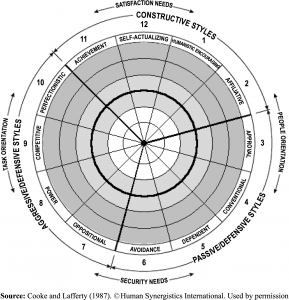I have been a lover of Music since I was born. It was a big surprise to my parents when I wanted to buy gramophone records of Opera’s when I was thirteen. My parents where not educated in music but they loved it. Everybody in my family was singing, most of them in a choir.
I was given a beautiful soprano voice when I was a young boy. It was so special that I was more or less forced to sing in theatres. I was a very shy person and the first time I was on stage I almost fainted. Later my voiced changed into a Counter Tenor.
Later, when I was about 35, Singing took me like a hurricane. I started to take singing lessons and joint many choirs. I even created my own octet. I never learnt to read notes but this was not a problem. My memory for music works perfect.
Plato framed the essence of Music in this sentence: “Music is a moral law. It gives soul to the universe, wings to the mind, flight to the imagination, a charm to sadness, gaiety and life to everything. It is the essence of order, and leads to all that is good, just, and beautiful, of which it is the invisible, but nevertheless dazzling, passionate and eternal form“.
In the old mystery schools the use of sounds were considered a very sacred science. They knew that the right sequence of sounds could change behaviour patterns and accelerate the healing process. The right toning could perform miracles.
Sound is processed by the cochlea. The word Cochlea comes from kokhlias “snail, screw and kokhlos “spiral shell“. People who have read a few of my blogs will understand that the “spiral of the ear” transforms sound into a very special spiral pattern.
This pattern travels first trough the limbic system. It is here that emotional and physical reactions are produced. The pattern than moves to the auditory cortex of the brain where we become conscious of the sound and can recognize what we are hearing.
The limbic system connects the higher and lower functions of our brains, it is called both the “Emotional Center” and the “Conscious System” of the brain. If we, as Humans, had to consider one part of our brains to be the core of our personal consciousness, it would be the Limbic System and, especially, the interaction between the limbic system and the cortex.If anything resembles the actions of a ‘soul’ in the Human brain machine, it is the interaction between the Cortex and the Limbic system.
So Music (Tones) are a direct connection between the Outside World and our Consciousness, The Emotions.
If you read this blog you will understand that Sound makes a connection to another physical space, Our Twin or Mirror Space (“Dark Matter or Mirror Matter“). .
Out if this space we are fed by the Force of Life (Qi, Prana). With Sound we are able to connect to every Whole by something called “quantum superposition”. It is a term used in Quantum Mechanics and it defines a state of “Harmony”, “Coupling” or “Entrainment” . If we produce the right sound waves we are able to “entrain” the Body to a Whole (A higher level in the Universe) that is able to heal the body (Qi).
If you read the last blog You will also discover that not only our Ears but our whole body through the connective tissues of our body (skin, bones) is able to resonate.
When people are producing sounds in a group they start to resonate and become a whole. An example is a soccer-match. When the sounds and the movements of the body (the Wave) become entangled the people in the Stadion become a Whole.
Not only the people but also the Architectual Structure of the Stadion plays a very important role. That is why some of the new developed Stadions and Concert Halls are not able to generate the “Right Atmosphere”. They are not able to give the right Feed-Back between Limbic system and the Cortex.
The same applies to Offices. When people are working they need to “hear” the “Humm” of the Others. When the “Humm” is a positive sound they start to feel good and productivity rises. They are connected to the Whole of the Company they are working for. When the “Humm” is a negative sound productivity goes down. When this happens they become sick. The “Acoustical” Structure of a Building is able to transform a positive “Humm” into a negative “Humm” (The Sick Building Syndrome).
If you want to know more I advice you to read the beautifull books of Christopher Alexander about Architecture.


